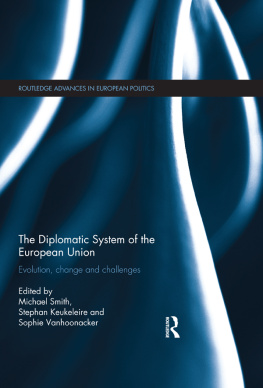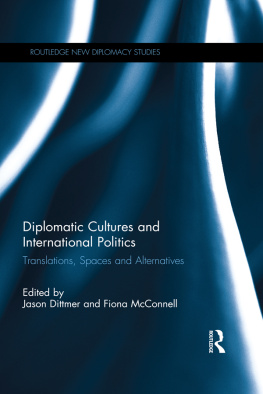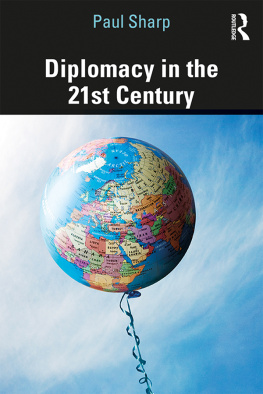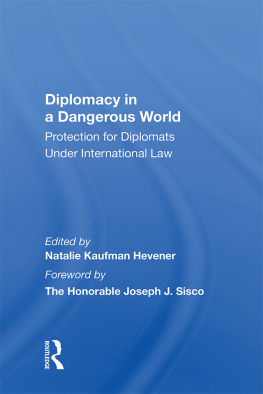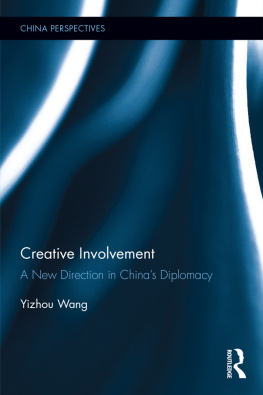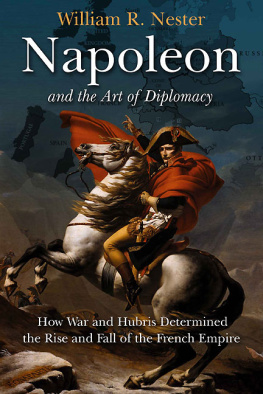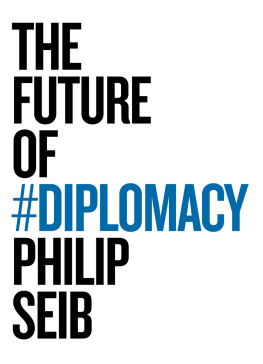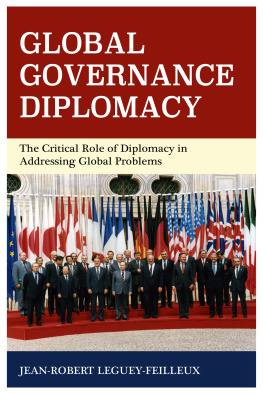Diplomatic Sites Crises in World Politics
A Series of the Centre of International Studies, and the
Centre for Rising Powers, University of Cambridge
Edited by Professor Brendan Simms and Dr Amrita Narlikar
GRARD PRUNIER
Darfur: the Ambiguous Genocide
MARK ETHERINGTON
Revolt on the Tigris
FAISAL DEVJI
Landscapes of the Jihad
AHMED HASHIM
Insurgency and Counter-Insurgency in Iraq
ERIC HERRING & GLEN RANGWALA
Iraq in Fragments: the Occupation and its Legacy
STEVE TATHAM
Losing Arab Hearts and Minds
WILLIAM MALEY
Rescuing Afghanistan
IAIN KING AND WHIT MASON
Peace at any Price: How the World Failed Kosovo
CARNE ROSS
Independent Diplomat
FAISAL DEVJI
The Terrorist in Search of Humanity: Militant Islam and Global Politics
JOHN BEW, MARTYN FRAMPTON & Iigo GURRUCHAGA
Talking to Terrorists: Making Peace in Northern Ireland and the Basque Country
HANS KUNDNANI
Utopia or Auschwitz: Germanys 1968 Generation and the Holocaust
AMRITA NARLIKAR
New Powers: How to Become One and How to Manage Them
EMILE SIMPSON
War from the Ground Up: Twenty-First-Century Combat as Politics
IVER B. NEUMANN
Diplomatic Sites: A Critical Enquiry

(p.iv)

- Oxford University Press, Inc., publishes works that further
- Oxford Universitys objective of excellence
- in research, scholarship, and education.
- Oxford New York
- Auckland Cape Town Dar es Salaam Hong Kong Karachi
- Kuala Lumpur Madrid Melbourne Mexico City Nairobi
- New Delhi Shanghai Taipei Toronto
- With offices in
- Argentina Austria Brazil Chile Czech Republic France Greece
- Guatemala Hungary Italy Japan Poland Portugal Singapore
- South Korea Switzerland Thailand Turkey Ukraine Vietnam
- Copyright 2013 Iver B. Neumann
- Published by Oxford University Press, Inc
- 198 Madison Avenue, New York, New York 10016
- Published in the United Kingdom in 2013 by C. Hurst & Co. (Publishers) Ltd.
- Oxford is a registered trademark of Oxford University Press
- All rights reserved. No part of this publication may be reproduced,
- stored in a retrieval system, or transmitted, in any form or by any means,
- electronic, mechanical, photocopying, recording, or otherwise,
- without the prior permission of Oxford University Press.
- Library of Congress Cataloging-in-Publication Data is available.
- Neumann, Iver B.
- Diplomatic sites : a critical enquiry / Iver B. Neumann.
- [First Oxford University Press edition].
- p. cm.
- First Edition published in 2013.
- Includes bibliographical references and index.
- ISBN 978-0-199-32796-6 (alk. paper)
- 1. Diplomacy. 2. Globalization. I. Title.
(p.vii) Foreword
When I worked in the Norwegian embassy to Moscow in 1980, it was very clear to me that the work was specifically sited, not least because important business always had to be carried out in the streets, where the noisy traffic was supposed to drown out the spoken word before it reached the ears of locals listening in. When I went on to work at the Norwegian Institute of International Affairs (NUPI), a think tank, I constantly found myself on the way to some specific kind of site where diplomacy was on display, such as the press conference or the lunch table.
I joined the Norwegian Ministry of Foreign Affairs (MFA) as a planner in 1997 and got stuck in the revolving door between the MFA and NUPI. I went back to the MFA as a senior adviser in the European department, and then again to write its centenary history. During this period, my awareness of the importance of sites to diplomacy grew and I started writing on the topic. It was a bit of an uphill struggle, for diplomats themselves denied the importance of sites and most scholars of diplomacy concurred with the diplomats. Builders work on building sites. Most press photographers work on-site. When it is worthy of mention that, in certain cities, dentists work in the streets, it is because the people who do the mentioning expect to find them in one site only, namely in the office, next to the chair. Diplomats, on the other hand, are supposed to be above such a mundane thing as sites. To a social scientist, this rather peculiar notion is itself an analytical challenge and one that will be discussed in this book.
I should like to thank my steady interlocutors: Costas Constantinou, James Der Derian, Thomas Hylland Eriksen, Andreas Gaarder, Halvard (p.viii) Leira, Cecilie Basberg Neumann, Vincent Pouliot, Ole Jacob Sending, Paul Sharp, Johan Vibe and Geoffrey Wiseman. Next, let me express my gratitude to my M.Phil. students at the Norwegian University of Life Sciences and to my exemplary reader, who insisted that I should make the discussions of diplomacys sitedness more explicit. Thanks also to Morten Skumsrud Andersen, Malin Gjerdsbakk Audsen, Ingvild Johnsen and Einar Wigen for research assistance and to Susan Hivik for fruitful exchanges about the importance of language. Thanks to Kristin Haugevik, Knut Nustad, Bjrnar Sverdrup-Thygeson and Einar Wigen for comments on a previous draft. A special word of thanks goes to Sissel Aaraas of the Norwegian MFA. Whereas most of the book was written at NUPI, an invitation from the University of Queenslands School of Political Science and International Studies to come to Brisbane in the autumn of 2011 as a Visiting Fellow proved decisive in enabling me to put the manuscript together. Many thanks.
Chapter is an expanded version of Peace and Reconciliation Efforts as Systems-Maintaining Diplomacy, International Journal, 66, 3 (2011), pp. 563579, reprinted by permission. The introduction includes some material from my chapter Globalisation and Diplomacy, pp. 1528 in Andrew F. Cooper, Brian Hocking & William Maley (eds) Global Governance and Diplomacy (2008), reprinted by permission from Palgrave.
Introduction
Sites and Globalisation
When I was about fifteen years old, I asked my godfather, a palaeontologist, whether he thought global warming was a human-made or natural phenomenon. He replied that however substantive the changes wrought by human beings might be, there was no way we could have substantially affected the cycle of global warming covering the billions of years over which the earth had existed. When I pointed out that the time span I had in mind was the less than 20,000 years during which human societies had been sedentary, he remarked that such periods were simply too short to be of interest to a palaeontologist. That was the end of the discussion.
This book is not about tectonic shifts. It is about possible changes in diplomacy as a result of general incremental changes in the global social environment within which diplomacy functions. The idea is to look at general debates about changebe that the debate about Euro-centrism, the way we think about the commensality of eating and drinking or the importance of popular culture for our understanding of social stuffand ask how these changes influence diplomatic practices. It follows the call for social scientists to study culture by exploring connections, parallels, and contrasts among a variety of often seemingly incommensurate sites (



